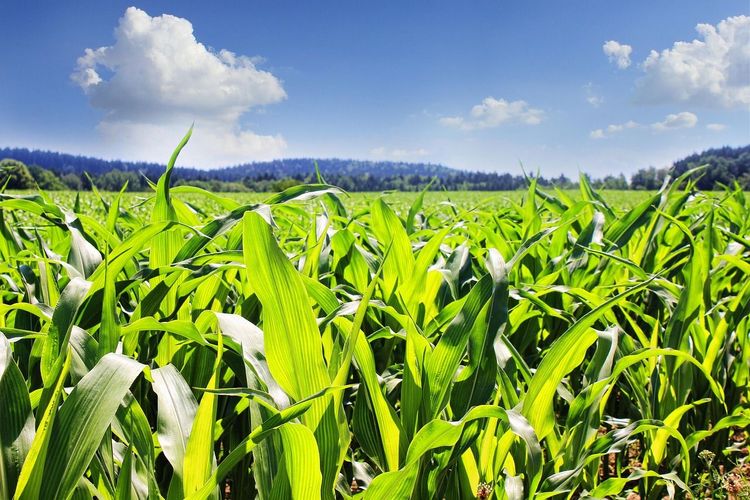Amazon River Drought Cuts Brazil Corn Shipments
Historic drought in northern Brazil has dropped Amazon River basin water levels to dangerous lows, disrupting the country’s grain shipments at the peak of the corn exporting season.
Sparse rain and above-average temperatures have caused drought levels to spike at major Amazon River transit hubs in October, according to the Gro Drought Index. That in turn has depleted river water levels, sharply reducing the number of ships able to load grain. (See chart below.)
At Santarem, a major grain river terminal along the Amazon River, drought has been at “severe” levels on the Gro Drought Index since the second week of October and is currently showing the highest reading for this time of year in over two decades, as seen using Gro’s Climate Risk Navigator for Agriculture.
Other river terminals, including Manaus, are seeing similar hot and dry conditions. At Itacoatiara, “extreme” drought conditions prevailed for much of this month, as shown by this Gro Navigator display.
Brazil overtook the US as the world’s No. 1 corn exporter last year and is likely to retain that ranking this year despite the river navigation problems. Some of the corn blocked from being exported via the Amazon River in the north has been transported to more southerly ports, especially Santos, Brazil’s main grain terminal, although this involves greater expense. Brazil’s FOB corn export prices continue to undercut major competitors, but the gap has narrowed.
Brazil’s growing corn exports have shifted global trade flows. China, whose total imports of corn and other grains have jumped more than 20-fold since 2010, has purchased record amounts of Brazilian corn since finalizing an agreement on phytosanitary requirements for corn trade last year, as seen in this Gro display.
Brazil produced a record 137 million tonnes of corn in its most recent harvest from February to July. This is designated the 2022/23 marketing year by the USDA and runs from March 2023 to February 2024, as shown by Gro’s Brazil Corn Monitor. Soybean planting is currently underway, but dry conditions have resulted in planting delays, as Gro wrote about here.
Brazil also is planting corn currently. But the second corn crop, or safrinha, which accounts for the bulk of production, is planted beginning in February, after the soybean harvest. Gro’s Brazil Corn Monitor and Brazil Soybean Monitor also include Gro’s crop yield forecast models, which will go live once the crops get established around mid-December.

Brazil’s corn exports from Amazon River terminals were sharply higher than the five-year average for most of this year, amid a record corn crop. But river levels fell sharply as drought readings spiked, sharply reducing the number of ships loading and departing in October.


 Search
Search


